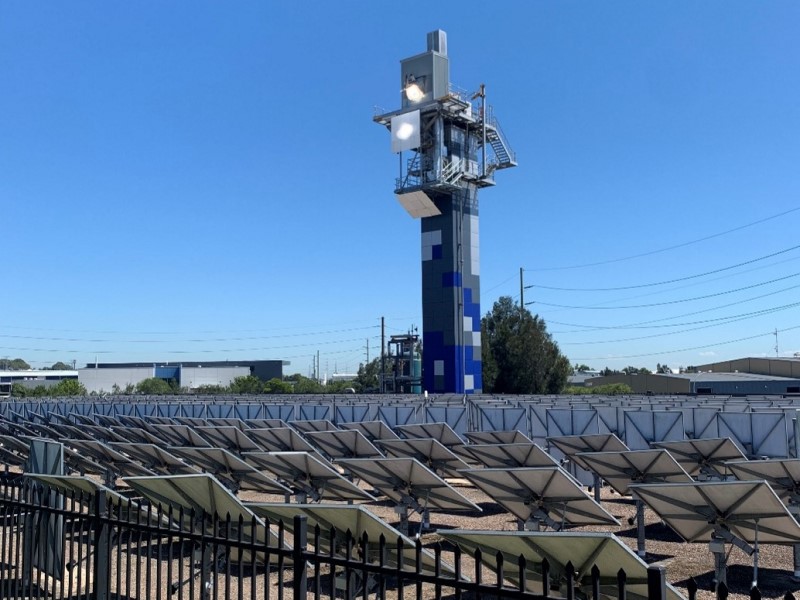Fortescue on Tuesday took an equal top ownership stake in green hydrogen technology venture Sparc Hydrogen as it committed to pilot testing a novel production technique in Adelaide later this year.
The Sparc Hydrogen initiative aims to commercialise technology for producing green hydrogen directly from sunlight using research from the University of Adelaide and Flinders University.
The mining giant is doubling down on the venture despite pulling back its own green hydrogen plans last year, including shedding 700 jobs, delaying facilities and scrapping its own production targets.

The ASX-listed Sparc Technologies on Tuesday announced it is committed to a stage two pilot plant to try and scale the splitting of water molecules directly from sunlight using advanced photocatalyst materials.
Fortescue has tipped in an additional $1.5 million to take a 36 per cent ownership stake in stage two, equal to the share of Sparc Technologies, which is contributing another $1 million.
The investment executes Fortescue’s option to increase its share initially received alongside its initial $1.8 million investment in early 2022.
The photocatalyst materials for stage two will be supplied from Japan’s Shinshu University with the pilot plant to be completed in mid-2025 at the University of Adelaide’s Roseworthy campus.
Stage one prototype testing took place in late 2023 at CSIRO’s Energy Centre in Newcastle, which features 451 heliostats that concentrate sunlight towards a 30m tall solar tower.
Fortescue’s director for research and development Michael Dolan said photocatalytic water splitting technology could make green hydrogen “an even more competitive energy resource by decoupling its cost from the cost of green power”.
Sparc Technologies managing director Nick O’Loughlin said the investments in stage two reflect the “high potential of the technology to unlock low-cost green hydrogen without relying on electrolysers, stretched electricity grids and related infrastructure”.
Fortescue massively cut back on its green hydrogen plans in 2024, jettisoning a 2030 production target of 15 million tons of green hydrogen and shelving large Australian projects, partly due to high energy prices.
This included work on hydrogen and ammonia hubs at Middle Arm in the Northern Territory and Gibson island in Brisbane, where green hydrogen was expected to be produced using electrolysers powered by renewable energy.
Fortescue is still progressing PEM50, its first commercial scale green hydrogen facility at its Gladstone Green Energy Manufacturing Centre, expected to commence production this year. It will use proton exchange membrane electrolysers sourced from its nearby factory.
A green iron trial commercial project in Western Australia is also still being developed.
Do you know more? Contact James Riley via Email.

